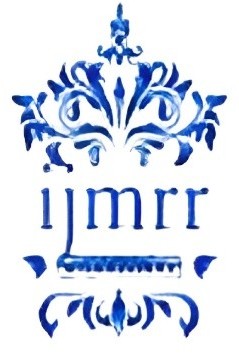Improving Healthcare Prediction Of Diabetic Patients Using Tri-Ensemble Model With Stacking Classifier
Keywords:
Diabetes detection, ensemble learning, missing values, KNN Imputer, healthcareAbstract
Diabetes is the most common disease in developing countries, which makes early diagnosis and professional
medical treatment necessary to reduce its effects. The effective method for diagnosis of diabetes is the evaluation
of specific indications associated with the condition. However, the prevailing obstacle in automated diabetes
detection is the existence of data, which can significantly affect the efficiency of machine learning models. The
study uses methodologies with KNN-IMPuter and without Knn-Imputer to control the missing values in the
diabetes data set. The proposed model strives to improve the accuracy of prediction by using the stacking
classifier that integrates the predictions of the random forest bag as a primary and decision -making tree with
GBM light as a secondary estimate. The methodologies are evaluated according to their effectiveness in
controlling missing data and creating reliable forecasts. The finding shows that the stacking classifier overcomes
alternative techniques for the accuracy and resistance of predictions and serves as an effective tool for automated
identification of diabetes. This method ensures that absent data does not significantly prevent the model's
effectiveness, which provides a significant answer to timely identification of diabetes.











